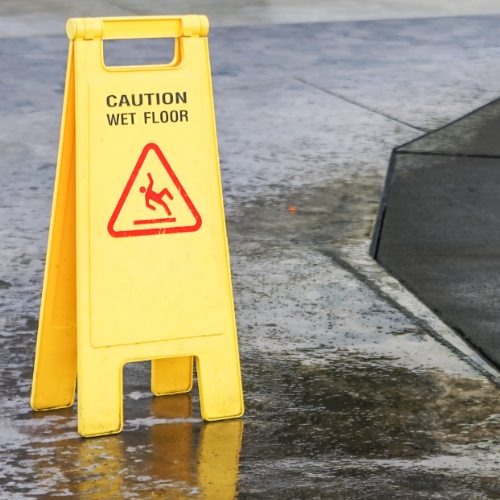We use cookies to make your experience better. To comply with the new e-Privacy directive, we need to ask for your consent to set the cookies. Learn more.
Body Fluid Spills
Body Fluid Spills
People often think of hazardous spills being dangerous chemicals or hazardous liquids, but bodily fluids can be equally as dangerous if you are not prepared. Cleaning up vomit, urine, faeces, blood and other bodily fluids isn’t a pleasant task, but for many roles, within a range of organisations, this is an activity that needs to be safely managed. This may include hospitals, doctors’ surgeries, dentists, vets, schools, care homes, charities and many other organisations and business.
As with any liquids and hazardous chemicals careful steps should always be taken when cleaning up any spill. Body fluids are no different. They are a source of contamination of potentially harmful bacteria, viruses and other micro-organisms or diseases. Cross contamination can occur through the hands and face as well as through breaks in the skin so care must be taken to ensure the spill responder is correctly equipped with the relevant equipment and PPE for a quick, safe and effective clean up in order to prevent further illnesses and to manage infection control procedures.


How do you manage a body spill?
As with any spill emergency the first step is to assess the risk and raise the alarm.
Do you know what has been spilt? Consider what affect it can have on people and the environment. Locate and obtain your nearest body fluid spill kit and protect yourself, by putting on PPE.
Unlike a leak from a container a body fluid spill is as a result of someone being unwell so, it is essential that you please ensure the person is okay. Getting assistance at this stage would be helpful to ensure someone can stay with the person while a spill responder can manage the spill.
The next step would be to contain the spill to ensure it does not become a greater hazard, keep and it in a controlled area. This may be done with absorbent powder or granules around the perimeter. With the spill contained and under control you can absorb and clean up the spill, this may be with more absorbent powder or absorbent pads. Once you have absorbed the spill you need to safely collect and dispose of everything in a waste bag.
Before sealing the waste bag, the affected area needs to be thoroughly disinfected and cleaned, to prevent any issues with further contamination. Your spill kit should also include some form of disinfectant, this could be a spray or wipes to ensure you can clean the area effectively, then dispose of, within the same bag. Any used coveralls, aprons and gloves should also be safely disposed of within the bag and tied to seal.
Check with your local authority how these items should be disposed of safely.
What is in a body fluid spill kit?
A body fluid spill kit is designed to control and clean spills and leaks effectively. They should also contain PPE and instructions as to how to deploy the contents correctly. Body spills can spread infections so standard cleaning procedures may not be enough to kill the potential for contamination, so specialist equipment should be used to keep people and the area safe.
Body Fluid Spill kits should be disposable. Occasionally kits come with multiple “mini kits” within one case but to ensure safe disposal and effective prevention of possible contamination everything used should be contained and disposed of as single use.
Body fluid spill kits generally include:
· PPE – Gloves and aprons are usually provided and occasionally face masks are included to protect the mouth and nose.
· Absorbent pads and absorbent powder or granules
· Scoop and scraper or dustpan and brush, depending upon types of body spills being managed
· Disinfectant spray or wipes to clean the area
· Waste bags


What are the regulations on cleaning and disposing of body spills in the workplace?
Due to the possibility of contamination, care must be taken when cleaning body spills. As with all spills it is recommended that you have dedicated, trained spill responders.
As a business you have a responsibility to protect your employees, customers and the environment, so you must have procedures in place for all eventualities. Bodily fluid not only causes hazards to those cleaning the spill, but potentially could also cause a slip hazard to others walking by.
Details for legislation and regulations currently applicable in the UK can be found here:
Control of Substances Hazardous to Health (COSHH)
National Infection Control and Prevention Guidelines
Other guidelines exist in specific industries, and our recommendation is to always research those that are required for your individual business.
If you need any further assistance with underatdning the types of spill kits you need or spill control equipment and training please dont hesitate to call our team on 01606 352 679

